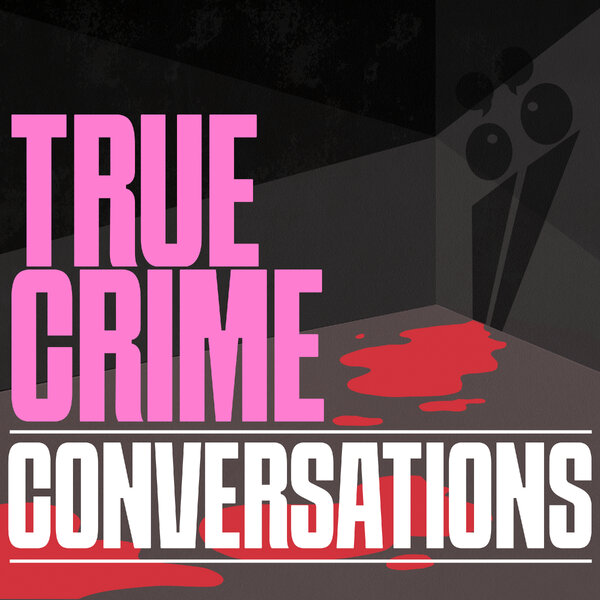It was summer time, 1895, and East London was hot.
Two boys, aged 12 and 13, spent their days roaming the streets, sipping ginger beer, watching cricket games, visiting the sea side, and buying ice cream for their friends.
They lived down by the docks, and their dad was working at sea. The eldest boy, Robert Coombes, had just quit his job at an iron yard. He was brighter that that, he wanted adventure. His brother, Nathanial ‘Nattie’, was along for the ride.
Everything was seemingly normal. The two boys were typically cheeky, naive, innocent. They were scheming to pawn the family’s watches and their mother’s jewels for cash, and excited to see legendary cricketer W.G. Grace score a century at Lord’s Cricket Ground nearby.
When neighbours asked, they said their mother Emily had been called away after the death of an uncle. They convinced an old sailor, John Fox, to come and stay with them – making it seem as if they were being supervised, when really they needed Fox because he was old enough to pawn their household items for money. Children weren’t allowed into pawnshops.
Everything was seemingly normal for the two boys enjoying a hot summer in East London, except for the fact their mother hadn’t been called away and there was no dead uncle.
Emily’s last letter to her husband complained that the boys were eating too much – money was tight. She was anxious, no doubt counting the days until Robert Senior arrived home with the paycheck. She’d given Nattie a beating because she’d caught him stealing food, and she was likely frustrated Robert had quit his job at the iron yard. There were signs she was emotionally volatile, but friends labelled her a kind and affectionate wife and mother.





























































































